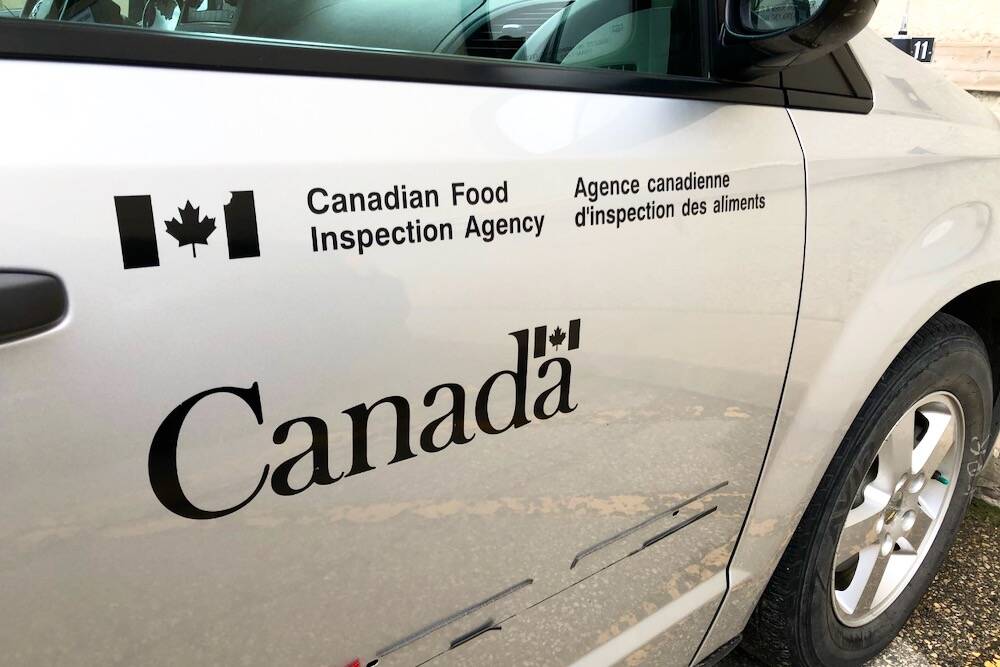(Resource News International) — Cattle producers in Canada have seen steady increases in prices for new calves over the last year, and values should continue to hold these levels at least in the short to medium term.
Herb Lock of Farm Sense Marketing in Edmonton said prices have been much better this year for new calves than they were a year ago.
“The new calves, on a dollar per hundredweight basis, are up 17 per cent from a year ago,” he said. “The interesting point is that both steers and heifers are both up 17 per cent.”
Read Also

B.C. ostriches culled, CFIA confirms
Ostriches on an embattled Edgewood, B.C. farm have been culled after a prolonged legal battle, the Canadian Food Inspection Agency has confirmed.
Lock said he was surprised with the heifer numbers.
“We would have expected that if any heifers were being kept for breeding purposes or adding to the cow herd down the road, that the heifers would have narrowed the spread between the steers and heifers.”
Prices had been on the upswing because of relative profitability in the sector, Lock said, and also the fact there were 400,000 less cattle in North America than a year ago, which increased demand.
While prices have been sharply higher over the year, Lock doesn’t expect to see them get very much stronger.
“We expect the calves to maintain their price premium over a year ago,” he said. “We don’t expect them to continue to go higher.”
Lock said he’s also surprised to see the increase in cattle prices because of a 20 per cent increase in the price of grain.
Concerns are few and far between when it comes to feeding cattle for the winter, Lock said, as moisture across the Prairies provided great pastures and, at worst, average grain-growing conditions.
“There is plenty of cow-quality feed available. Between barley, pellets and imports of dried distillers grains, there’s going to be enough feed for the cattle,” he said.
As for the numbers of cattle going to market, Lock said volumes are down slightly from this time one year ago, but added that’s because of the weather.
Last year many areas were in a drought and looking to get rid of cattle, whereas this year there appears to be plenty of feed and pastures continue to be strong.












